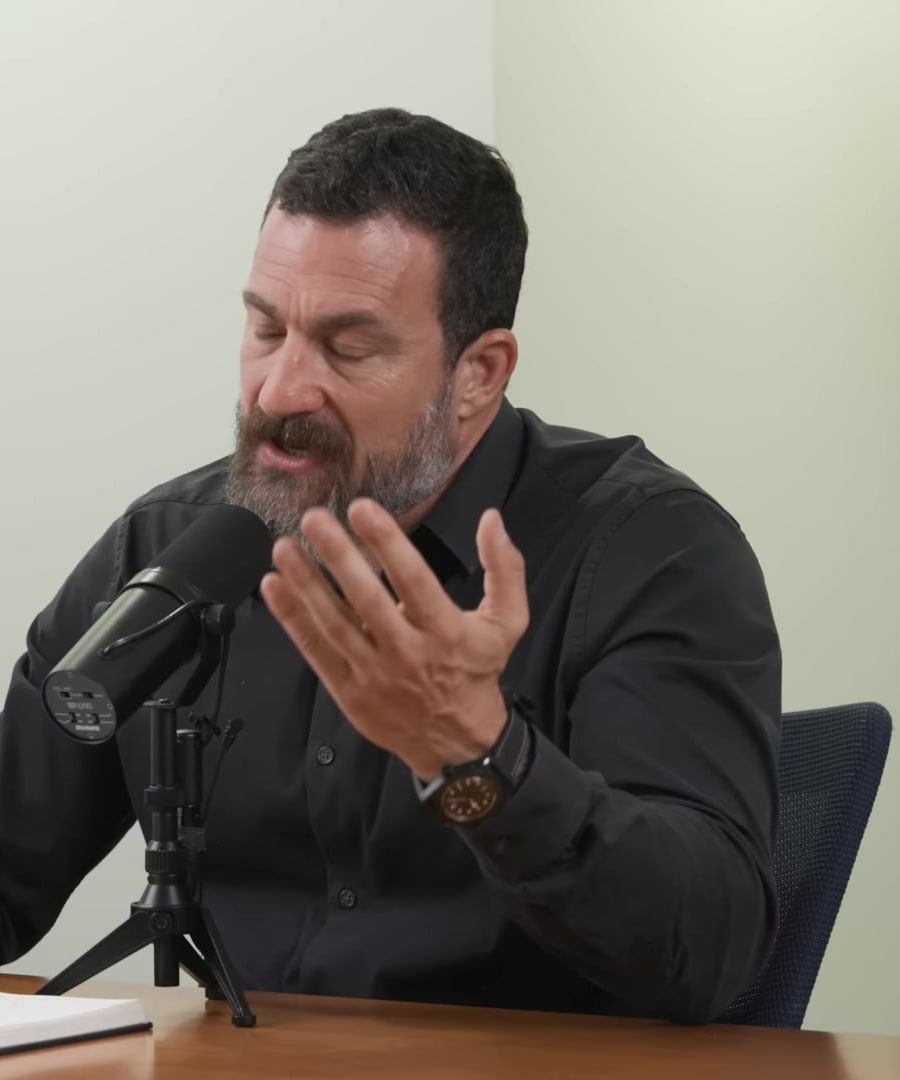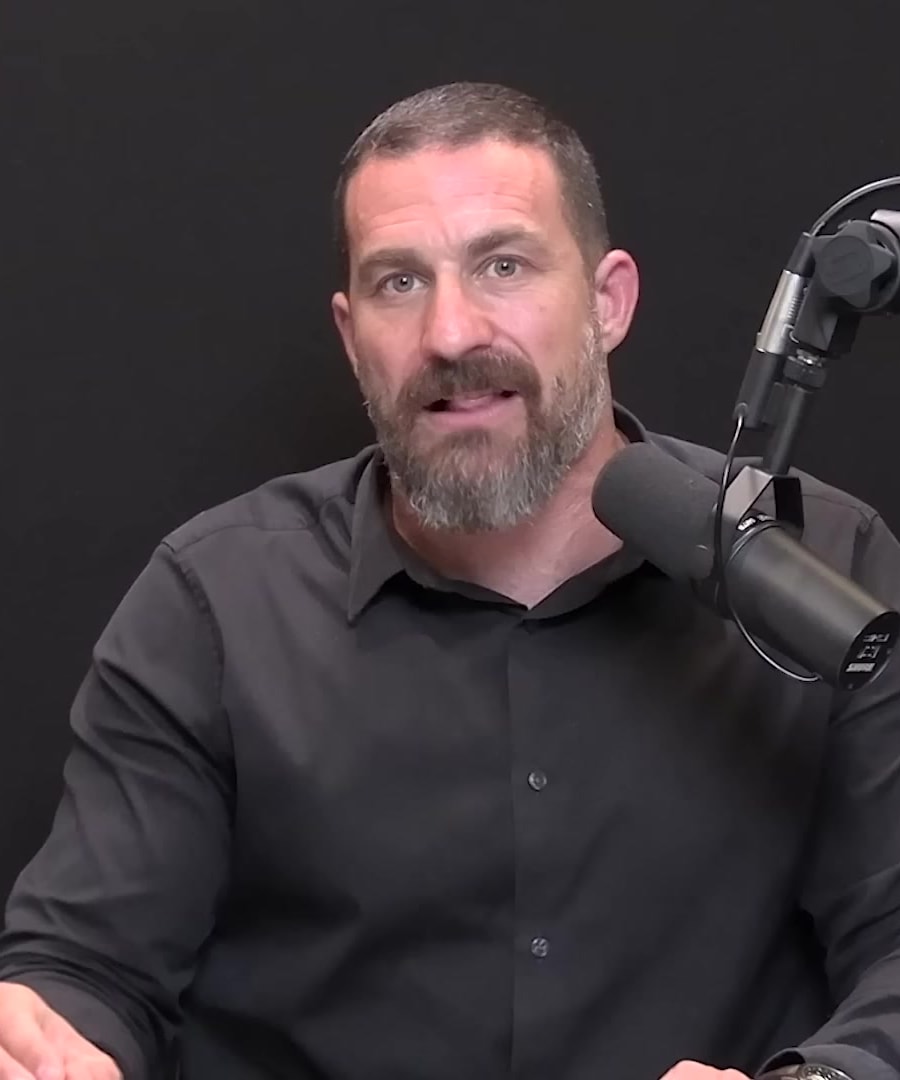how to meditate
Sources:
Meditation can be approached in various ways, and here are some insights and methods discussed in the Huberman Lab podcast:
-
Basic Meditation Setup:
- You can start without a timer, sitting or lying down, and focus on the "third eye" center behind your forehead, your breathing, or your bodily sensations. This approach can also be exteroceptive, where you focus on a fixed point in the environment, such as a spot on a wall or a distant horizon point. The key is to allow your mind to refocus as it wanders, understanding that refocusing is a part of the process and beneficial for the meditation [1 ].
-
Scientific Context:
- Meditating impacts the brain and body, altering states like mood and focus. Various meditation practices can be tailored depending on whether the goal is to induce calmness or alertness, with some practices engaging specific brain areas differently [2 ].
-
Perceptual Shift:
- Meditation is seen as a deliberate perceptual shift, akin to changing focus or engaging in a singular sensory experience. This shift is essential for responding more authentically to life’s stimuli [3 ].
-
Breathing Techniques:
- How you breathe during meditation can affect whether you end up more relaxed or more alert. Breathing patterns that emphasize longer or more vigorous inhales can increase alertness, whereas focusing on exhales tends to relax [4 ].
-
Improving Attention:
- A simple practice like focusing on breathing and bodily sensations for about 15-17 minutes can significantly enhance focus and potentially counteract cognitive decline. This is valuable for all age groups and conditions, including ADHD [5 ].
-
Interoceptive Awareness:
- Engaging in practices that increase awareness of internal states can be powerful, especially for those who may feel overwhelmed by such sensations. These practices encourage flexibility in engagement with the external world [6 ].
Meditation is versatile and can be adapted to suit personal needs and objectives, from enhancing focus to managing mood and improving cognitive functions.
RELATED QUESTIONS-
how to meditate
- RELATED QUESTIONS





